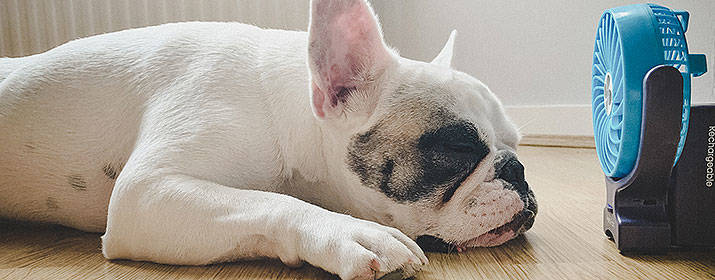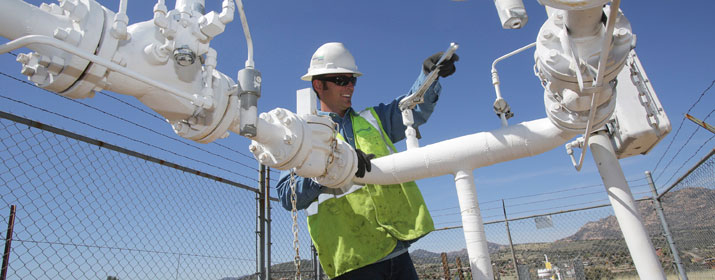
Hot summer weather often leads to higher energy bills. Here are eight energy-saving steps from UniSource Energy Services that you can take now to help keep your home more comfortable and your energy bills in check as the temperature rises.
- TLC for your AC. Cooling costs drive your energy bills higher in the summer. Make sure your air conditioner is operating efficiently with an annual tune-up. You may qualify for a rebate of up to $155 through UniSource’s Efficient Home program. Dirty or clogged air filters make your unit work harder, so replace your filter monthly or as recommended by the manufacturer. Keep an extra on hand and mark the date on your calendar so you don’t forget to change the filter, especially during the summer.
- Invest in a smart thermostat. Smart thermostats can reduce energy costs by up to 20 percent and often pay for themselves in energy cost savings within one year. Smart thermostats learn your preferences and automatically adjust. If you have a Time-of-Use pricing plan, smart thermostats can help you avoid cooling your home during on-peak times to reduce energy costs. Setting your thermostat a few degrees higher also can help reduce energy bills. The U.S. Department of Energy (DOE) recommends 78 degrees or as high as you can tolerate for your comfort and health.
- Plant shade trees. While it may take several years for a sapling to produce shade, trees can help keep your home cooler every summer. For the greatest energy savings, plant trees on the south and west sides of your home, which tend to be the warmest. Customers who purchase a qualifying tree from any area nursery or retailer can receive a $15 credit for up to two shade trees. For more information about this program and tree planting tips, visit com/trees-for-you.
- Be mindful of indoor energy use. Start with a sweep of your rooms to replace all incandescent bulbs with LEDs. They’re just as bright, but use less energy and give off less heat to keep your home cooler. Purchase discounted LED bulbsat local participating retailers such as Lowe’s, The Home Depot and Walmart. Next, reduce indoor heat sources – such as big screen TVs, ovens, clothes dryers and dishwashers – during the hottest part of the day. Turn off the TV when you’re not watching it, grill outdoors or use the microwave oven instead of cooking inside, and run your dryer and dishwasher at night when it’s cooler.
- Invest in a variable-speed pump. Pool owners should consider investing in an ENERGY STAR® variable-speed pool pump that runs at lower speeds and uses less energy. They can be programmed to run during off-peak hours, when energy is less expensive. Unisource offers a $295 rebate for the replacement of a single-speed pump with a qualifying variable-speed pump. If you have a single-speed pump, try reducing the run time by 30 minutes to determine how long it actually takes to keep your pool clean. You might need to run your pool pump just a few hours a day.
- Seal up windows and doors. To keep conditioned air in and hot air out, caulk and weatherstrip around windows and doors. Repair or replace old, dried out caulk and weatherstripping to ensure a tight seal. Closing drapes or blinds on sunny days also reduces radiant heat in your home. Finally, install awnings or sunshades. According to the DOE, window awnings on south- or west-facing windows can reduce solar heat gain in the summer by 60 percent or more. Light-colored and tightly-woven synthetic fiber awnings or sun shades with grommets or vents are the most effective for keeping heat away from your home.
- Use fans. Using ceiling or whole-house fans is a good way to keep cool air circulating in the rooms that you’re using to help you feel cooler. Many ceiling fans have switches that allow you to change the rotation of the blade. Run the blades counter clockwise in summer to draw up cooler air from the floor.
- Consider these programs and pricing plans. Electric bills can vary greatly from season to season, making it hard to budget. With Budget Billing, you’ll pay the same amount each month based on your average monthly usage. You may also consider switching to a pricing plan that offers discounted rates for shifting energy usage to off-peak times. Click here to compare our pricing plans and learn more about our Time-of-Use plans.






